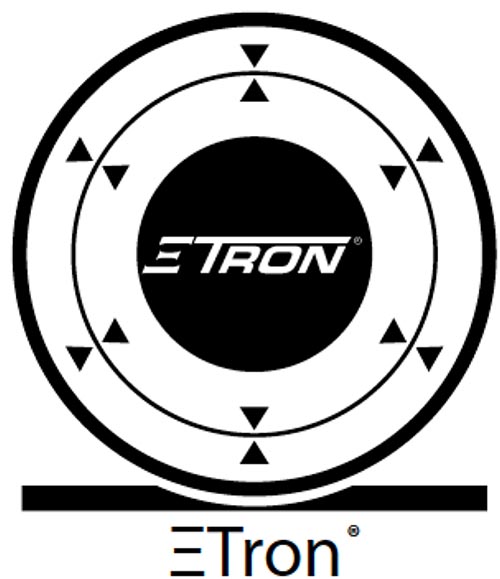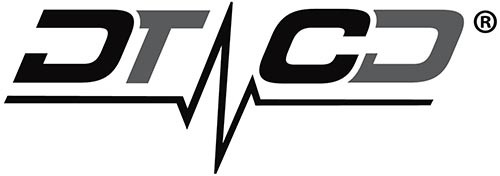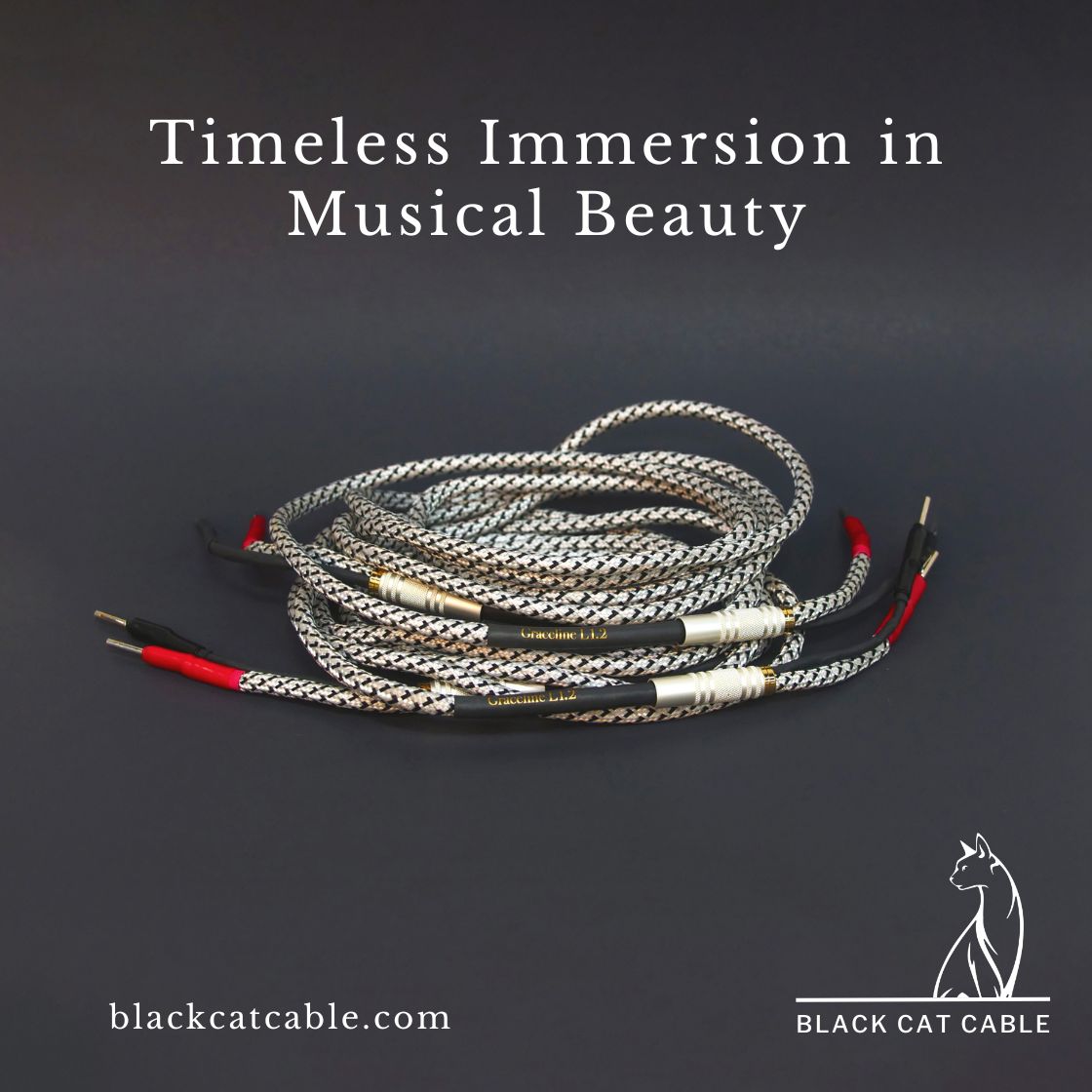As it happens Shunyata is the only premium brand I tried. I sold them and use Puritan and Supra. I use Belden speaker and Ethernet cables. Belden is a $2.5billion turnover company. 5T00UP is their most popular speaker cable. I suspect they do vastly more research than any home-brew audiophile cable company. 5T00UP is widely used for professional use. I had Townshend Isolda, but they were too short after a room change and I have no issues with the 5T00UP.There are companies that make basic wire and/or assemble cables, and then there are companies that research and continually innovate in order to improve cable performance. Allnic, Lessloss, Shunyata, and Townshend for example, are innovators, whose cables perform on a whole different level from the likes of Belden, Goetz, and Supra, all of which I've tried.
FYI:

Audio Cable Tech - Shunyata Research
Audio Cables Technology explained Of all the products within Shunyata Research’s iconic portfolio, none have benefitted from the innovation Shunyata Research is known for more than its award-winning signal cables. Decades of research, customization, measurement and material refinement have...shunyata.com

Power Cable Tech - Shunyata Research
Power Cables Technology explained Shunyata Research’s history in power cord design is well documented and has become legend. Steeped in science and measurement, Shunyata Research pioneered the technologies and defined the value of it’s after-market power cords; not only in high-end audio and...shunyata.com
I also use Belden 19364 mains cable from my consumer unit to my modem and switch. I use Neotech 4003 to my hifi because I needed a more flexible cable.
Last edited:













